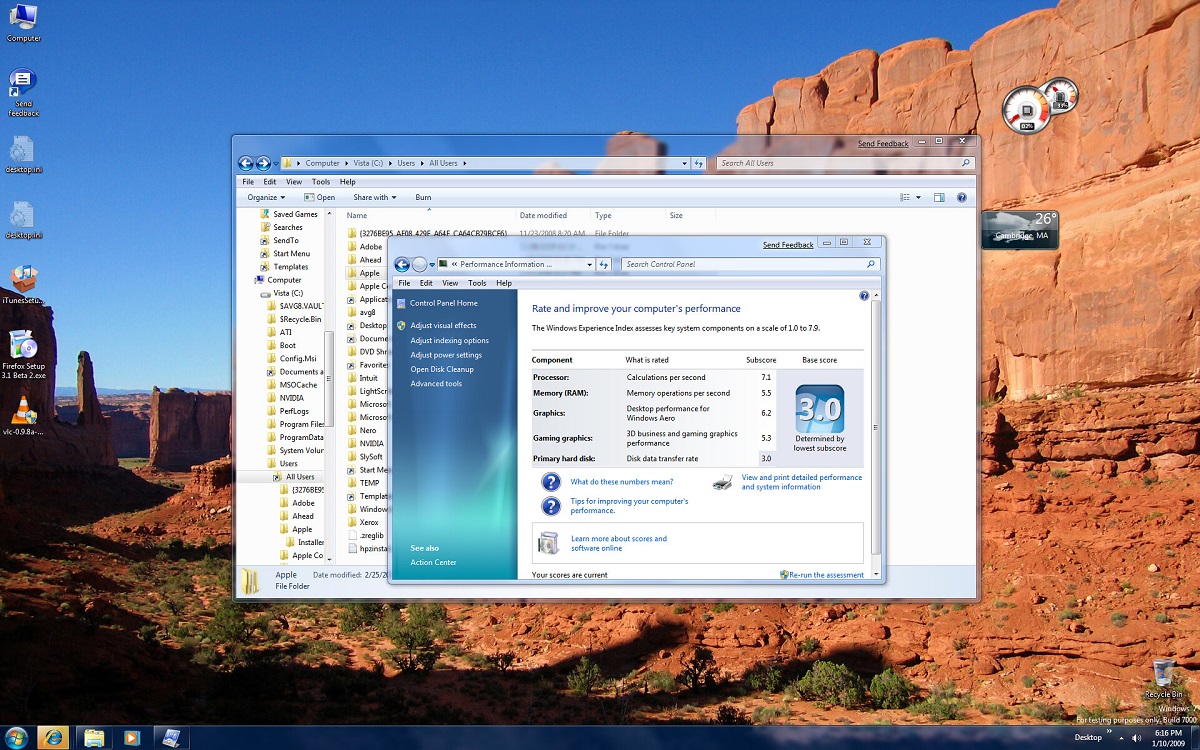
Microsoft has officially announced Windows 11 and confirmed that it will be a free upgrade for all previous generations of Windows OS. However, it seems the journey for Windows 7 OS holdouts is not simple or straightforward.
Upgrading to Windows 11 should be a simple case of clicking a few buttons inside Windows 10. However, upgrading from Windows 7 is rather difficult and complicated, revealed an FAQ from Lenovo.
Windows 11 is a free upgrade but there are multiple conditions for nearly every previous iteration:
Microsoft officially launched Windows 11 late last month. The new operating system succeeds Windows 10, which is a five-year-old OS.
During the launch, Microsoft confirmed that Windows 10 adopts the same Windows as a Service model of distribution. It simply means eligible PC owners, who have a genuine License to use the Windows OS, will get a free upgrade to Windows 11.
Windows 11 is the most consistent OS after Windows 7 pic.twitter.com/imGrmKsQX7
— Sazeed Taj (@sazeedtaj) June 29, 2021
Although the upgrade is free, the Windows 11 ‘Minimum System Requirements’ have ensured several powerful and capable CPUs and computers are incompatible with the operating system.
The most obvious limitations are the TPM (Trusted Platform Module) and Secure Boot. Incidentally, Microsoft insists PCs must have TPM 2.0, and TPM 1.2 will not suffice.
Emergency Restart in Windows 7, 8.1 and 11 pic.twitter.com/mnUgdF18fe
— Xeno (@XenoPanther) July 2, 2021
Quite a few desktop computers made in the last 24 months generally pack the necessary hardware. Hence, such PCs can easily upgrade to Windows 11. However, the same principle does not apply to PCs running Windows 7.
Needless to mention, there are several Windows 7 holdouts. And, their upgrade path to Windows 11 is not easy.
A free upgrade path for Windows 7 is filled with tough choices and needs proper knowledge of installing an operating system:
The most obvious hurdle while upgrading to Windows 11 will be activating TPM and Secure Boot. These settings are generally in the BIOS. Users need special key combinations during the booting process to access the same.
While flipping a few options in BIOS is not difficult, completely installing a new OS certainly is a slightly more complicated process. And this is exactly what Windows 7 OS holdouts will have to do to get Windows 11 on their computers.
Windows 7 users upgrading to Windows 11 will need to clean install – https://t.co/iJiY3q1dKF pic.twitter.com/QIGgzPvpVZ
— MSPoweruser (@mspoweruser) July 6, 2021
Lenovo has published a FAQ page on Windows 11 that covers basic questions including the upgrade path for Windows 7 users. The company notes Windows 7 users with eligible hardware can upgrade to Windows 11. However, PC users with Windows 7 will have to do a clean installation.
What this basically means is that the journey from Windows 7 to Windows 11 is not a matter of downloading the update from Windows Update. Instead, PC users will have to carefully back up all their data to a safe location, and keep their Windows 7 license within easy reach.
"great [citation needed]" to know that the windows 7-era control panel is STILL there in windows 11, 12 years after 7 was released pic.twitter.com/kR6fUIggqR
— akh moron (@NISHIKlNO) July 4, 2021
Microsoft is offering Windows 11 as a free upgrade to Windows 10 users. Moreover, the new update will reportedly support license keys from Windows 7, 8, 8.1, and Windows 10.
However, in order to upgrade from Windows 7, users will need to wipe their hard drive and run Windows 11 installation from boot media.
Incidentally, Microsoft still hasn’t closed the Windows 7 to Windows 10 upgrade path. Hence Windows 7 users could first upgrade to Windows 10 and then go up from there.


